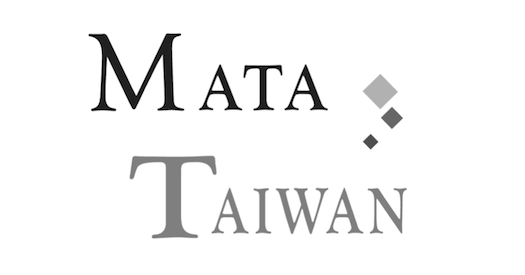The ‘Mayasvi’ or Ceremony of War and Triumph is the greatest event in the calendar of Taiwan’s Tsou people. Now only carried out in either Tefuye (Tfuya) or Dabang (Tapangʉ) village in Alishan, the celebration has no fixed day, but instead the date is traditionally fixed each year by village males depending on such factors as how many babies had been born so far that year. During Mayasvi, village warriors carry out rituals to invite the God of War and God of Life to come down from the sky and bless the people with prosperity and victory. It is a particularly important festival for males as it includes a rite of passage for newborn baby boys and a coming of age ritual for male teenagers. Furthermore, the focus of the rituals is at the Kuba, a sacred straw-roofed building where important decisions are made and ceremonies carried out. Women are forbidden to enter or even touch the Kuba.
Light the Fire, Smear the Blood, Let’s Welcome the Tsou Gods
Village males light a ceremonial fire inside the Kuba, which is then transferred to the centre of a courtyard just outside and kept alight for two days. They perform a male-only dance, circling around the fire, singing and dancing arm-in-arm in a show of unity. The gods I’afafeoi and Posonfihi are invited to descend to this world via the sacred yono trees. The blood of a sacrificial boar is smeared on the trees then the warriors climb them and cut off the branches to prepare the passageway for their divine visitors. Later, two important rituals are carried out inside the Kuba; in the ‘Patkaya’ rite, newly born babies are presented to the residing deities; following which, in the ‘Yasmoyuska’ rite, male teenagers come of age in a ceremony that involves them having their bottoms smacked with a large stick. After completion of this, they are ready to join the ranks of grown men and warriors, known as ‘Maotana’. Later, beautifully dressed Tsou women representing their respective families join the proceedings. They are dressed in traditional clothing, consisting of red undergarments, embroidered headscarves, blue tops and black skirts. The women and men join together in a unified dance around the sacred fire in the Kuba’s courtyard.They perform a male-only dance, circling around the fire, singing and dancing arm-in-arm in a show of unity.



A dilemma of Preservation and Commercialisation
Historically an event only for Tsou attendees; nowadays, the Mayasvi is a big event for local media and photographers. During the ceremony one can hardly move for tourists and cameramen jostling for space around the Kuba. This may mark a departure from tradition, but on the positive side village elders commented that they are delighted to see more and more youngsters returning from cities each year to take part in Mayasvi. It may be that greater exposure to Tsou culture within Taiwan will help to preserve and strengthen the culture; however, the Tsou are also quite rightly afraid of the commercialisation of their traditions and fiercely resist attempts from those in power to influence and exploit their beliefs and ceremonies for their own ends. It is an honour to represent your family at the Mayasvi. After the joint dance is over, it is time to join your family again for food, drinks and merriment and further important ceremonies will continue in the nighttime. Thanks very much to Pasuya and the To’onna Tamu ladies for so kindly inviting us to share this special time with them and their family.This may mark a departure from tradition, but village elders are delighted to see more and more youngsters returning from cities each year to take part in Mayasvi.
Camera: Leica M-E
Lenses: Voigtlander 35mm f/1.2, Leica 90mm Elmarit f/2.8



About the Photographer
Benedict Young Benedict Young is a freelance photographer with a passion for global culture and music. Born and raised in Bristol, UK – a city that is a heady mix of laid back West country England and Afro-Carribean and Indian culture – he grew up with creative and supportive parents and surrounded by culture, art and music. Aged 4, his family moved to Nigeria, where he gained his first experience of living abroad. From as young as he can remember, art and music consumed his every thought, which later developed into a passion for photography and music cultures around the world. Benedict visited Taiwan for the first time in 2008 with his wife, where he has found it fascinating discovering the culture of the country, which is virtually unknown in his homeland. Recently, after becoming aware of the rich culture of Taiwan’s indigenous people he has started to focus his energies on making the beauty of Taiwan’s aboriginal culture more known worldwide.Read Also
- About a Tsou warrior: Pasuya –– The Brave Warrior
Any indigenous stories to share with us? E-mail to Mata Taiwan at [email protected]
Don’t wanna miss any beautiful indigenous stories? Follow Mata Taiwan at Facebook or Twitter!
Writing & Photos by Benedict Young / Edited by Benson Ko-Chou Fang]]>







